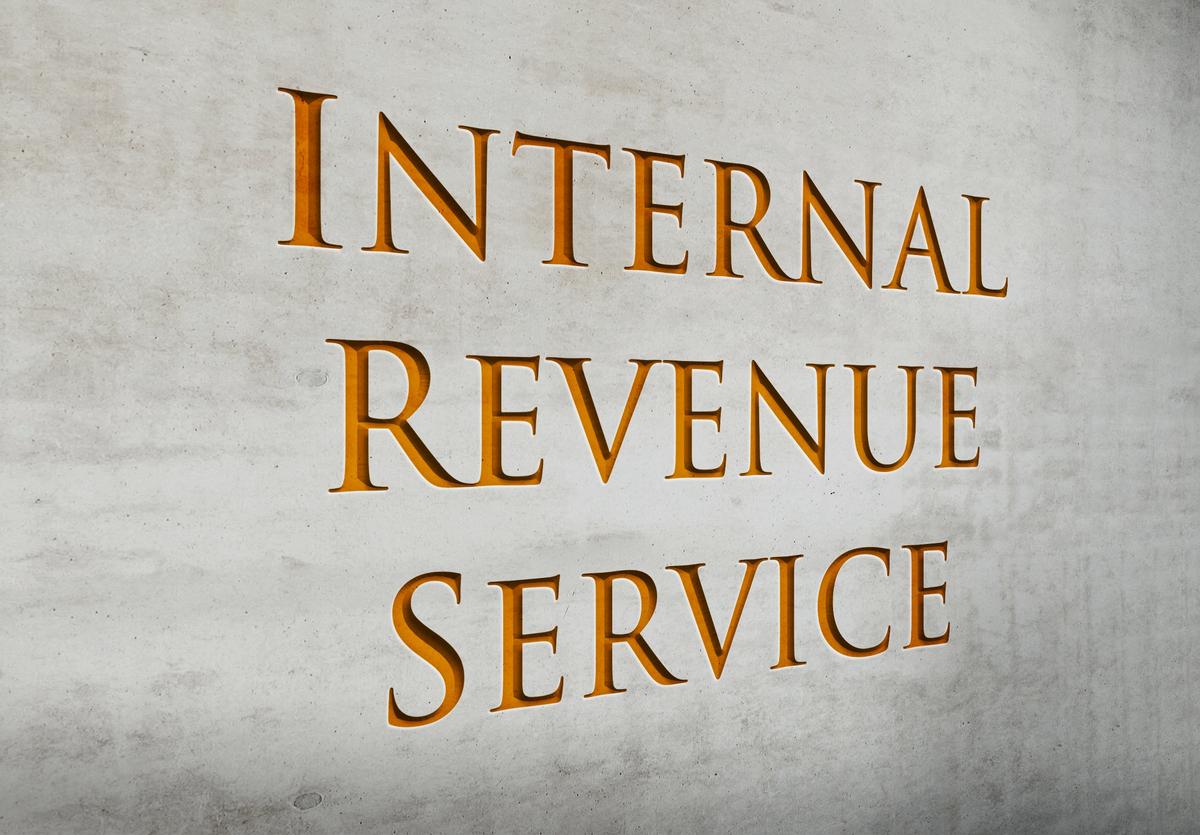The nation’s major container ports are expected to see another busy month in September ahead of a potential labor strike at East Coast and Gulf Coast ports, according to the Global Port Tracker report released by the National Retail Federation and Hackett Associates.
“This is a critical time as retailers prepare for the all-important holiday season, and we need every port in the country working at full capacity,” NRF Vice President for Supply Chain and Customs Policy Jonathan Gold said. “Many retailers have brought cargo in early and shifted to alternate ports as a precaution, but it is vital that labor and management at the East Coast and Gulf Coast ports actually sit down at the negotiating table and bargain in good faith for a new contract so we can avoid a disruption of any kind when their contract expires. A strike would be another blow to the supply chain as it continues to face challenges, and to the nation’s economy at a time when inflation is finally coming down and the Fed is poised to lower interest rates.”
The contract between the International Longshoremen’s Association and the United States Maritime Alliance covering East and Gulf Coast ports is set to expire on September 30. The ILA has continued to threaten to strike if a new contract is not reached by then. NRF last week renewed its call for both sides to come to an agreement before the contract expires, with NRF President and CEO Matthew Shay saying a disruption “would significantly impact retailers, consumers and the economy.”
“Import levels are being impacted by concerns about the potential East and Gulf Coast port strike,” Hackett Associates Founder Ben Hackett said. “This has caused some cargo owners to bring forward shipments, bumping up June-through-September imports. In addition, some importers are weighing the decision to bring forward some goods, particularly from China, that could be impacted by rising tariffs following the election.”
U.S. ports covered by Global Port Tracker handled 2.32 million Twenty-Foot Equivalent Units – one 20-foot container or its equivalent – in July, the latest month for which final numbers are available. That was up 8.1% from June and up 21% year over year for the highest July on record. Ports have not yet reported August’s numbers, but Global Port Tracker projected the month at 2.37 million TEU, up 20.9% year over year and the highest level since the record of 2.4 million TEU set in May 2022.
September is forecast at 2.31 million TEU, up 14% year over year; October at 2.08 million TEU, up 1.3%; November at 1.92 million TEU, up 1.6%, and December at 1.89 million TEU, up 0.9%. That would bring 2024 to 24.98 million TEU, up 12.3% from 2023. The first half of 2024 totaled 12.1 million TEU, up 14.8% over the same period in 2023.
If the forecasts prove correct, 2024 will have seen a seven-month stretch of import levels at or above 2 million TEU, the longest since a 19-month stretch through September 2022. January 2025 is forecast at 1.96 million TEU, down 0.3% year over year.
The import numbers come as NRF is forecasting that 2024 retail sales – excluding automobile dealers, gasoline stations and restaurants to focus on core retail – will grow between 2.5% and 3.5% over 2023.
Global Port Tracker, which is produced for NRF by Hackett Associates, provides historical data and forecasts for the U.S. ports of Los Angeles/Long Beach, Oakland, Seattle and Tacoma on the West Coast; New York/New Jersey, Port of Virginia, Charleston, Savannah, Port Everglades, Miami and Jacksonville on the East Coast, and Houston on the Gulf Coast. The report is free to NRF retail members, and subscription information is available at NRF.com/PortTracker or by calling (202) 783-7971. Subscription information for non-members can be found at www.globalporttracker.com.
Thanks for reading CPA Practice Advisor!
Subscribe Already registered? Log In
Need more information? Read the FAQs
Tags: Small Business




